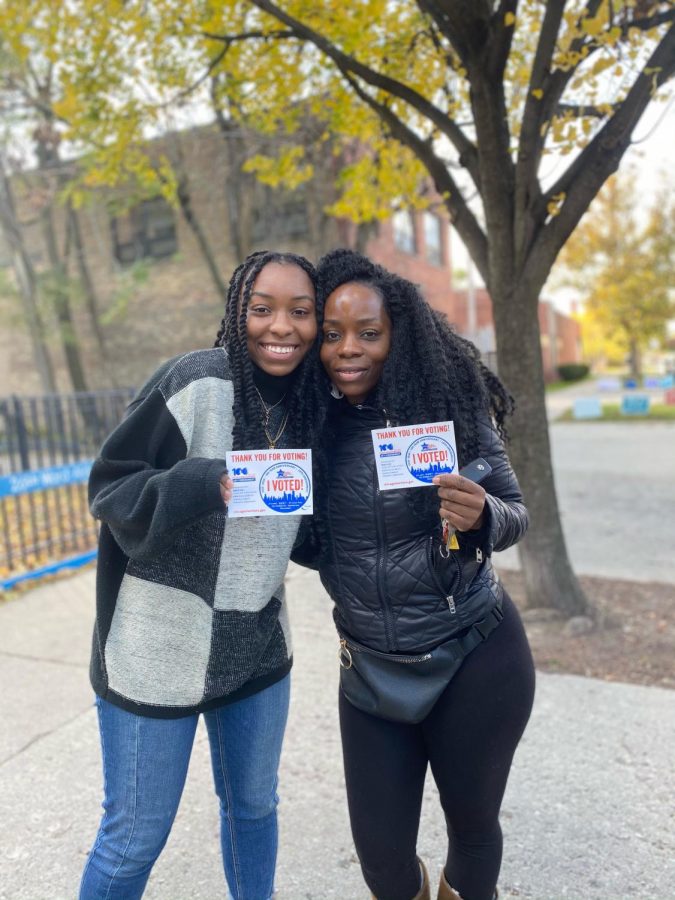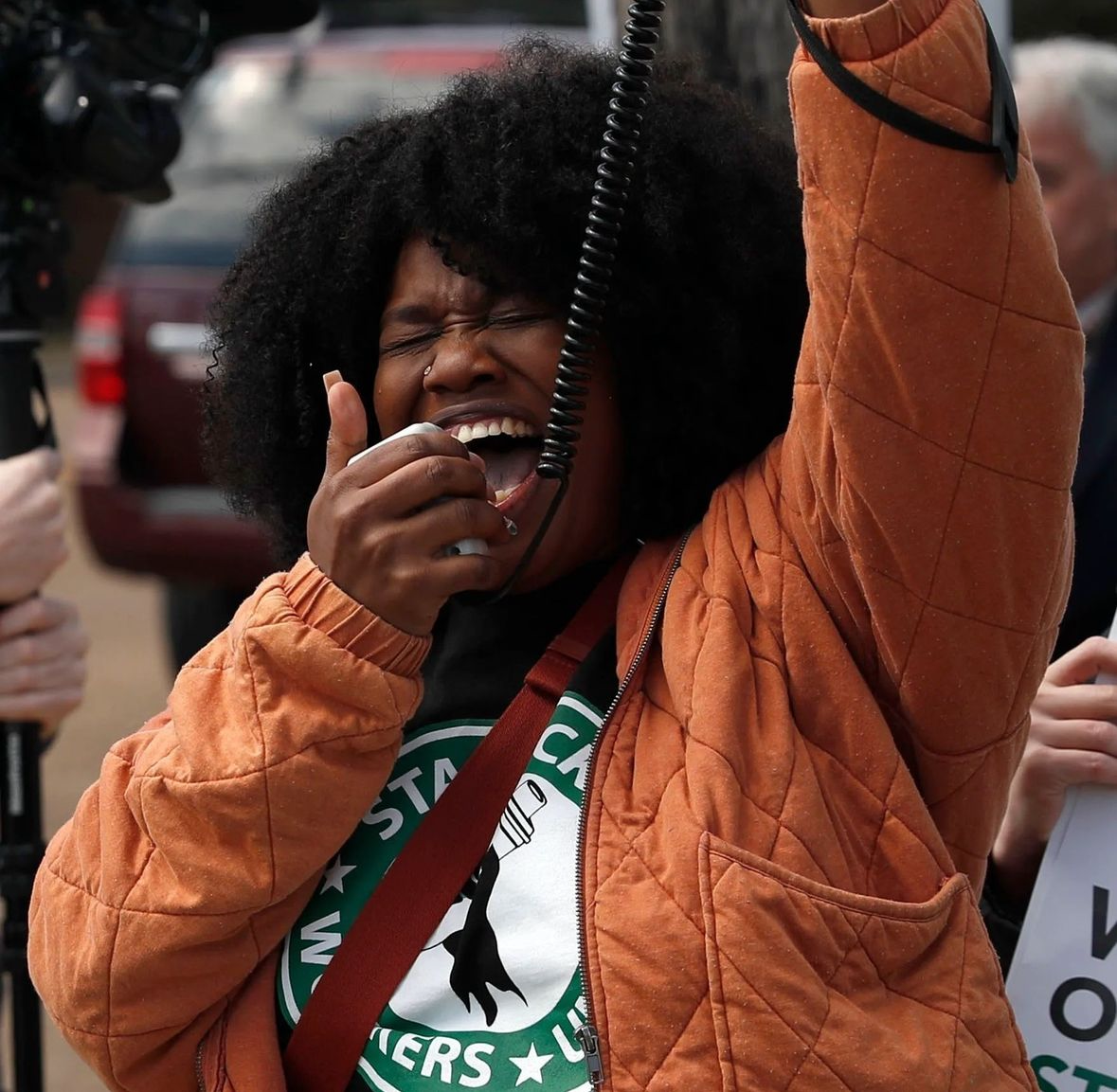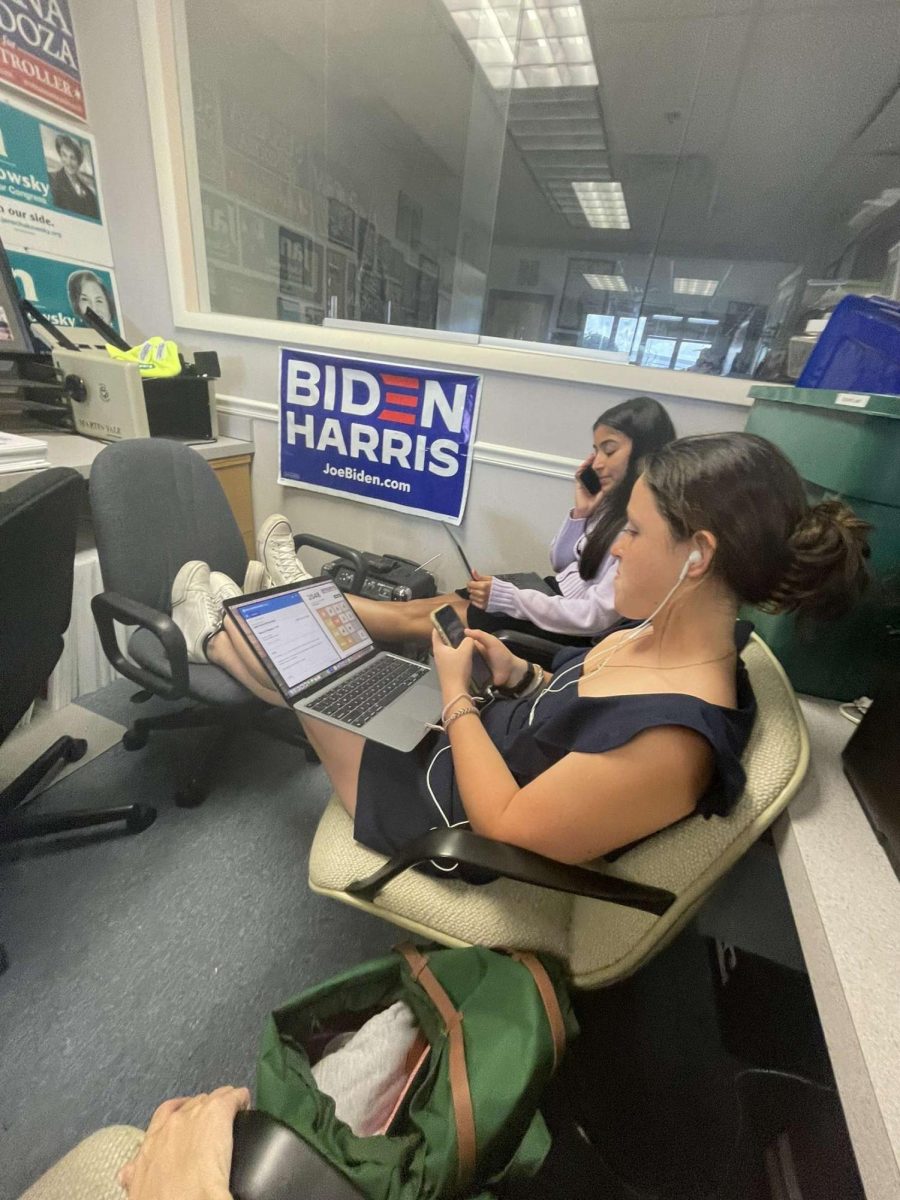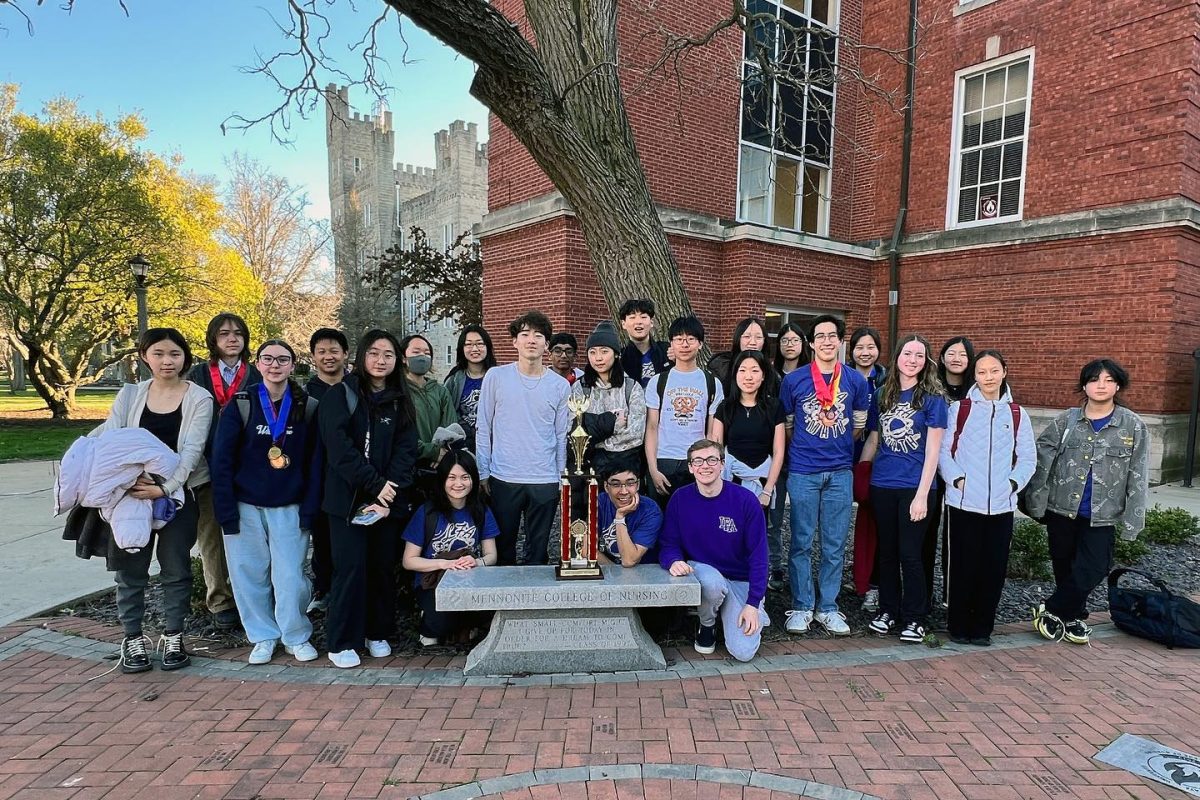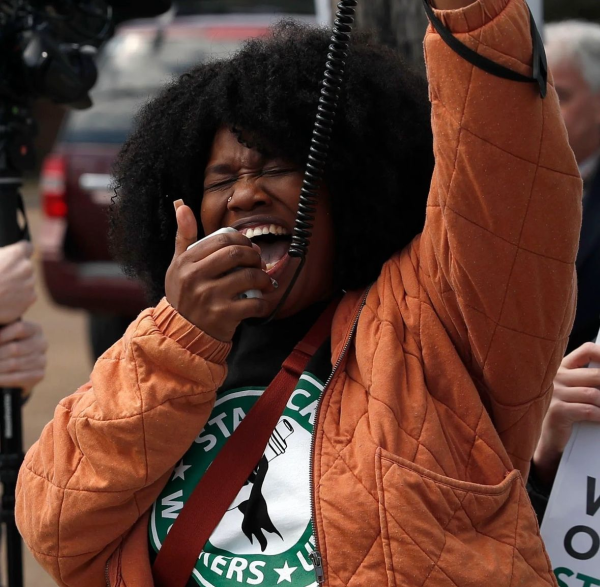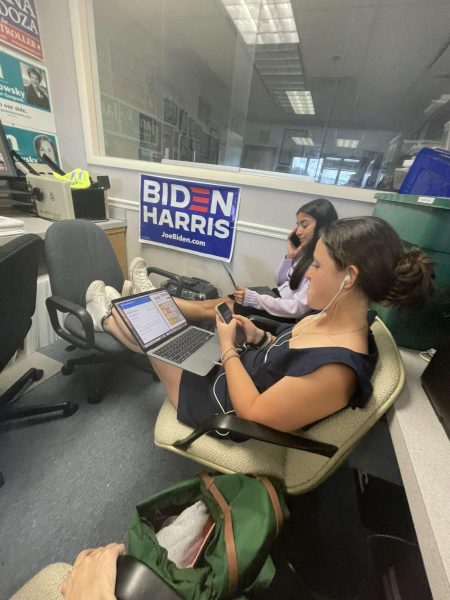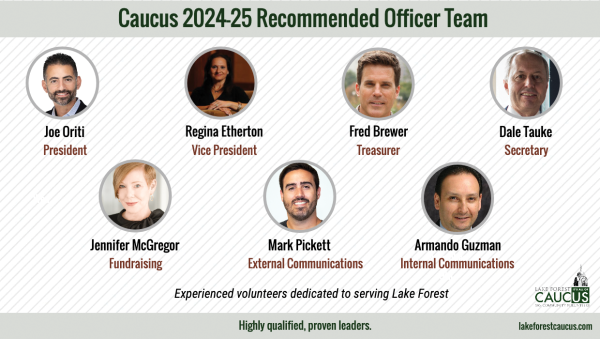The elephant in the room: A look inside the 2020 election
Ramya Herman ‘21 (joined by her mom) is one of many first time voters in our generation this election!
November 6, 2020
The events of many yesterdays have culminated to the state of everything we face today. Many issues feel binary, and the politicization of seemingly “everything” is a symptom of the issues and divisions created by modern society. With such an ideologically diverse state, presidential elections are big moments in our culture. Going out to vote in local and national elections is how we sustain democracy in the republican representative model of the country. Thus, the vote and election season become a big deal, as reflected by popular media.
This could be seen following the previous election with FX’s American Horror Story: Cult, centered around the 2016 election, playing up the fear and partisan tension across the country in a quirky, unsettling plot. This year, social media has been flooded with celebrity campaigns encouraging fans to vote, and for many Gen-Z young adults, this is their first election. Voting has been made cool through figures such as Billie Eilish, Timothèe Chalamet, and Zendaya. Voting early by casting absentee ballots in the mail has been a popular choice in the age of COVID-19, though many still anticipated casting the vote in person. Over 51 million eligible Americans had already
voted by October, and in total, an impressive turnout of 154 million people were expected to cast a ballot by November (FiveThirtyEight). Currently, it is estimated that 2020 had a record-setting voter turnout of 67%, the highest since the year 1900 (Vox).
Perhaps this heightened enthusiasm surrounding the election can be attributed to the polarization of opinions on partisan issues through the media and the words of the candidates themselves. Various news outlets or social media accounts use the rhetoric of both candidates to advertise their leading ideology as superior to the opposition; however, the curated setup of apps, such as Twitter and Instagram, allow their users to only seek out that which they are interested in. This convenience makes it so that many consumers only seek out information that agrees or aligns with our their beliefs, and it calcifies our sense of self-righteousness that grows–the topic in discussion becoming more contentious. The outcome of the election will impact both the immediate future and the social and environ-
mental landscape of the United States far beyond this moment.
A quirk of this election is that final results were not known immediately following Tuesday night. Though the election is not technically being delayed, the many technicalities of counting different types of ballots takes more time to work through. In this tense limbo of political change, all that we can do is trust what is currently known of the situation.
For some, elections are traumatic. The election results term to term have greater ramifications than raised taxes or party affiliation for marginalized populations targeted by the policies and rhetoric of some candidates. Those who feel disenfranchised by the state question the legitimacy of democracy and the election process given the growing population of individuals who don’t feel visible or represented by elected officials. It is no longer simple to mitigate tension by uniting around an American identity, which means something different to each voter. But as difference and division arrive with issues, the system is at work and history is being made.
Here’s a quick profile on both candidates:
Donald Trump (R):
– Running mate is current VP Mike Pence
– During presidency, achieved a tax cut mostly benefiting some wealthy populations and some businesses
– Was impeached by House but not removed from office (acquitted by Senate)
– Main initiatives/goals for time in office focused on undoing policies from Obama administration in relation to healthcare and immigration
On the pandemic: President Trump has consistently downplayed COVID-19 as non-threatening to public health. Trump himself tested positive and recovered from the virus. From this experience, however, the message he shared to supporters was to not fear the virus. As there are nearly nine million cases of the coronavirus in the United States and a death toll in the country rising over 228,000, Trump’s words may seem reasonable to some, but likely not those who have suffered from the illness in some way.
Joe Biden (D):
– Running mate is former presidential candidate Sen. Kamala Harris
– Experience as Vice President in the Obama administration (2009- 2017)
– As VP, led economic recovery and relief initiatives following the recession of 2008, addressed by Obama’s administration
– Senator for Delaware from 1973-2009
– Has plans for a Green New Deal in regards to climate change and hopes to preserve and build upon the Affordable Care Act
– More of a centrist Democrat, but the party consolidated support to acknowledge him as strongest nominee for this race
On the Pandemic: Joe Biden has stood firm in his support of mask wearing and social distancing policies. As president, he says that he would likely put in place an executive order of a mask mandate throughout the country (everywhere but your home). He is also dedicated to job recovery initiatives to help with the pandemic situation.
Sources used and consulted for this story: The New York Times, Associated Press, Twitter, Vox, and FiveThirtyEight.

